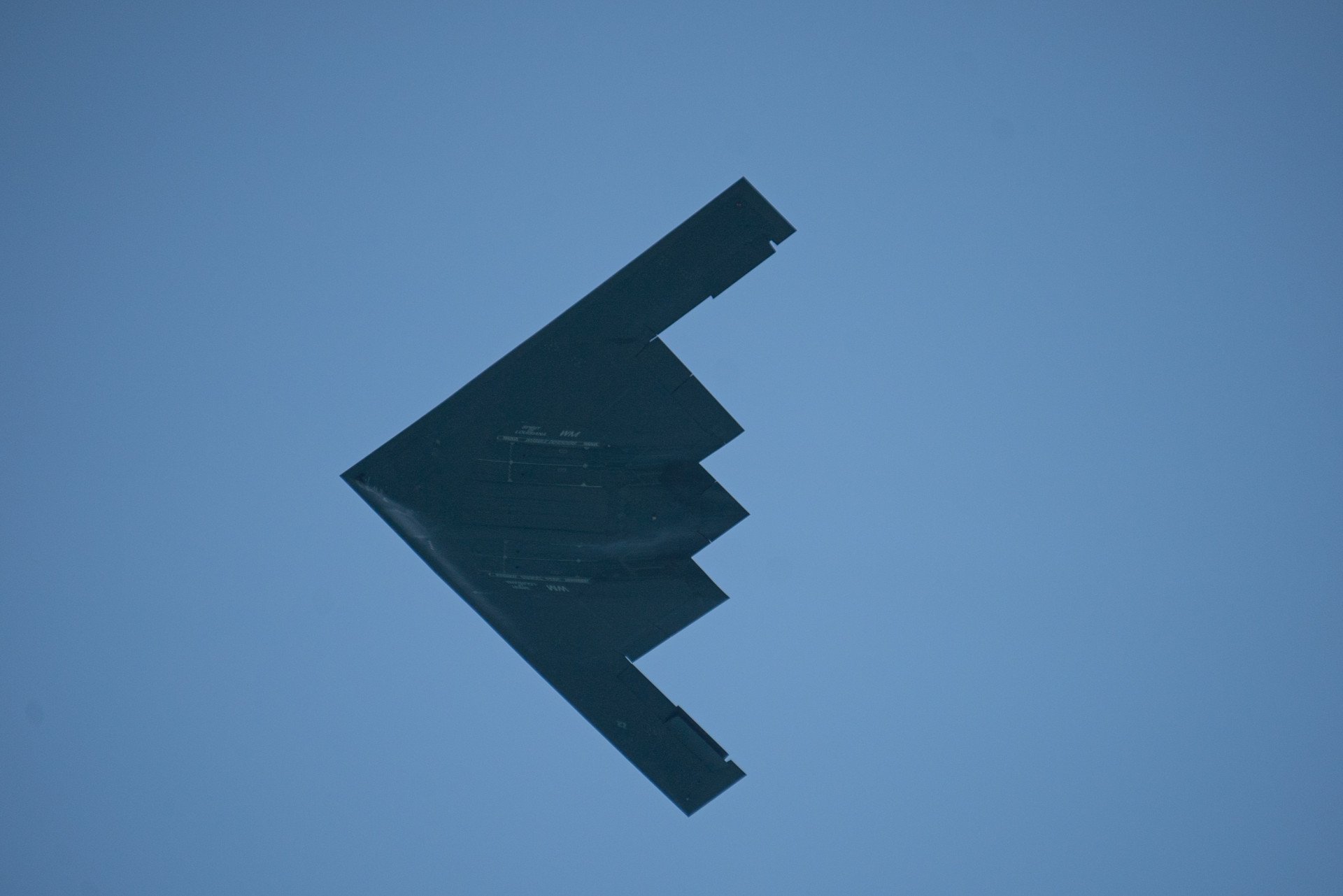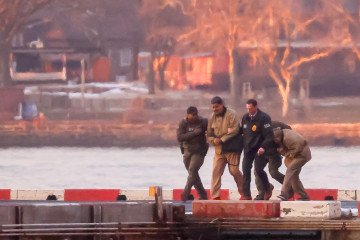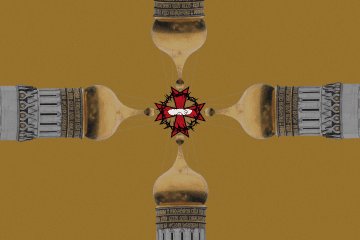- Category
- World
America Used B-2 Spirit—the Most Advanced Bomber in the World—to Strike Iran. Can It Be Compared to Russia’s Tu-95, Tu-22, or Tu-160?

For the operation in Iran, the Pentagon deployed six B-2 bombers. These are the most advanced stealth bombers in the world—no other country possesses such a weapon, not even Russia.
Strategic aviation is once again in the spotlight. The US Air Force attacked Iran’s nuclear facilities, using GBU-57A/B bunker-busting bombs for the first time in history, along with their B-2 Spirit bombers. This kind of operation is unprecedented, both in terms of the type of weapon used and the number of aircraft involved.
Three weeks ago, global attention was on Russian strategic aviation, a component of the nuclear triad: on June 1, Ukraine destroyed nearly a third of Russia’s bombers. The losses were estimated at $7 billion. The problem for Moscow is that it can’t rebuild its fleet—the aircraft are no longer produced, and Russia lacks new aviation to replace them.
Can the B-2 Spirit be compared to Russia’s Tu-95, Tu-22, and Tu-160?
The B-2 Spirit is the world’s most advanced bomber. Development began in the late 1970s and early 1980s, with its first flight taking place in 1989. From the start, the US government—as the client—emphasized one key requirement: the bomber had to feature stealth technology, meaning it had to be almost invisible to radar. Ultimately, the project cost $44 billion, and the aircraft was built as a flying wing. Many of its technologies remain classified to this day.
The B-2 Spirit, developed by Northrop Grumman, entered service in 1997. Each unit cost over $2.1 billion at the time (around $3 billion today), and only 21 aircraft were produced.
Thanks to stealth technology, the B-2 is nearly invisible. It can fly at altitudes up to 15 kilometers (~50,000 feet). Its maximum speed is around 1,000 km/h, flight range is 11,000 km—and with refueling, over 18,000 km. Its combat radius is 6,500 km.
Another impressive feature of the B-2 is its payload capacity. Officially, it can carry up to 18,000 kg of weaponry, though post-upgrade this increased to 27,000 kg. It can carry two GBU-57A/B bombs, each weighing over 13,000 kg. It can also carry 80 bombs of 250 kg each, or at least 16 bombs of 1,000 kg. Naturally, the B-2 is capable of carrying nuclear weapons.
Only one B-2 has ever been lost—during a training accident. None have been lost in combat missions ever.
What about the Russian Tu-95, Tu-22, and Tu-160?
The Tu-95 was developed in the 1950s and entered service in 1956. It can carry a combat payload of 8,000 kg (up to 20,000 kg maximum) and has a range of nearly 10,000 km. It’s a loud, outdated aircraft with a crew of 7 (compared to 2 in the B-2). It’s no longer in production.
The Tu-160 is a supersonic Soviet bomber, developed in the 1970s and introduced in the late 1980s. Its range without refueling is about 12,000 km, with a top speed of 2,000 km/h and cruising speed around 1,000 km/h. It can carry up to 45,000 kg of payload.
The Tu-160 is one of the largest bombers in the world and a powerful nuclear-capable weapon. Russia is attempting to modernize it via the Tu-160M version, but this process is slow and costly. The design itself remains Soviet, and there’s no modern, streamlined production system for these aircraft.
The Tu-22M is another Soviet-era bomber, developed starting in 1967 and adopted in 1983. Its maximum speed is around 2,000 km/h, it can carry about 24,000 kg of payload, fly at up to 13,000 meters altitude, and has an average combat radius of 1,500–2,000 km. Russia frequently uses the Tu-22M to strike Ukrainian cities.
The issue with all Russian strategic aviation is that it’s rooted in the Soviet era and is essentially non-renewable—Russia is barely building any new aircraft. Moreover, unlike the B-2 Spirit, the Tu-95, Tu-22, and Tu-160 lack stealth features, making them more vulnerable to radar detection.
For example, Ukraine has managed to shoot down a Tu-22M during a combat mission—it was spotted and hit from about 300 km away. That would not be possible with a B-2 Spirit.
Russia is attempting to develop a modern stealth bomber, codenamed PAK DA, intended as an analog to the B-2 Spirit—a flying wing stealth aircraft. However, despite nearly 20 years of development, only a prototype has been seen—and it hasn’t even flown. It remains unclear whether the program will ever be completed.
-29a1a43aba23f9bb779a1ac8b98d2121.jpeg)

-c9be02aad2c169e14ebc2a41d0ba02dc.jpg)
-605be766de04ba3d21b67fb76a76786a.jpg)
-56e0bfa71829348120777fba0ad5ba46.png)


-46f6afa2f66d31ff3df8ea1a8f5524ec.jpg)